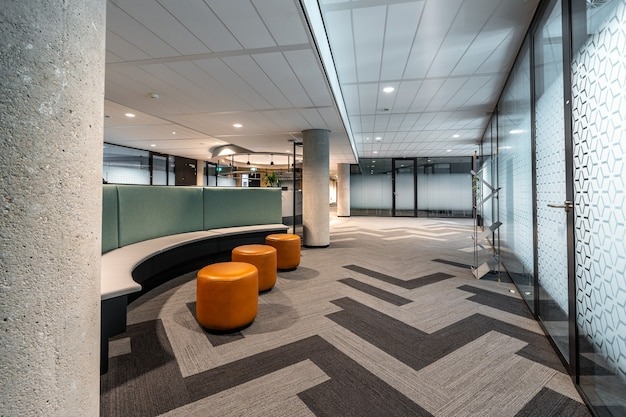
At VEERA CONTRACTS, based in Gurugram, Haryana, we specialize in providing high-quality Floor Fit Out Solutions for both commercial and industrial spaces. Whether you're setting up a new office, renovating a retail store, or upgrading your manufacturing facility, our comprehensive floor fit out services are designed to enhance the functionality, aesthetics, and performance of your space. With years of expertise and a focus on detail, we offer customized solutions that meet your exact needs while adhering to industry standards.
What is a Floor Fit Out?
A floor fit out involves the comprehensive process of preparing and completing the internal layout of a space, including flooring, partitions, ceiling, lighting, and any other necessary elements. It's a crucial step in creating a functional and visually appealing environment, ensuring that the space is ready for use.
Our Floor Fit Out Services:
Customized Flooring Solutions
We understand that every space has unique requirements, and the flooring should complement the environment's purpose and aesthetic. Our flooring options include:
- Carpet Tiles:Flexible, durable, and easy to replace, ideal for offices and commercial spaces.
- Vinyl Flooring:Low maintenance, water-resistant, and available in a range of colors and designs for a clean, modern look.
- Wooden and Laminate Flooring:Stylish and practical, offering an elegant finish for corporate spaces, retail stores, and hospitality sectors.
- Industrial Flooring:Non-slip, durable, and robust flooring options designed for industrial and manufacturing environments.
- Raised Access Flooring:Ideal for spaces requiring frequent changes to wiring and cabling, such as data centers and offices.
